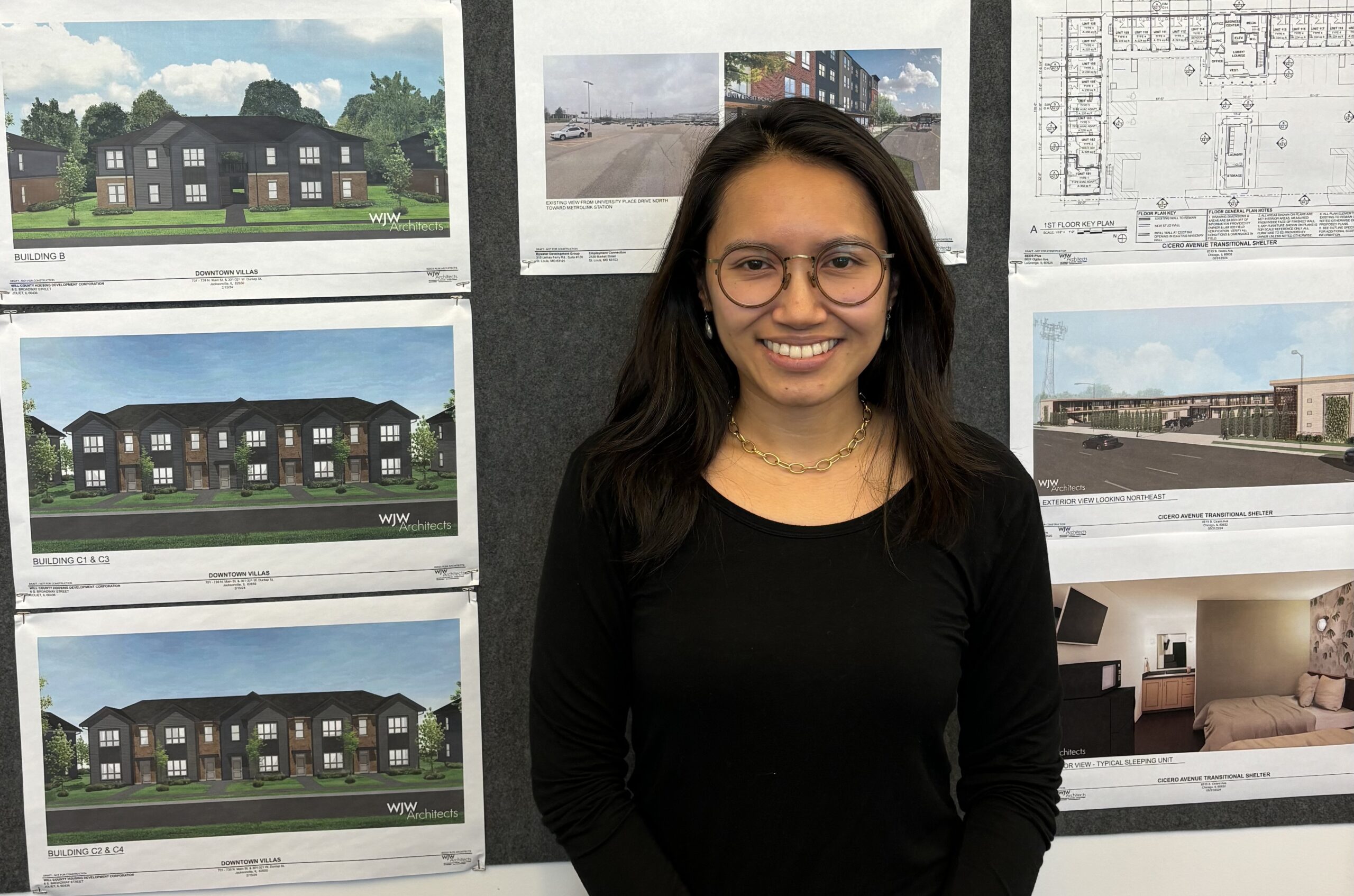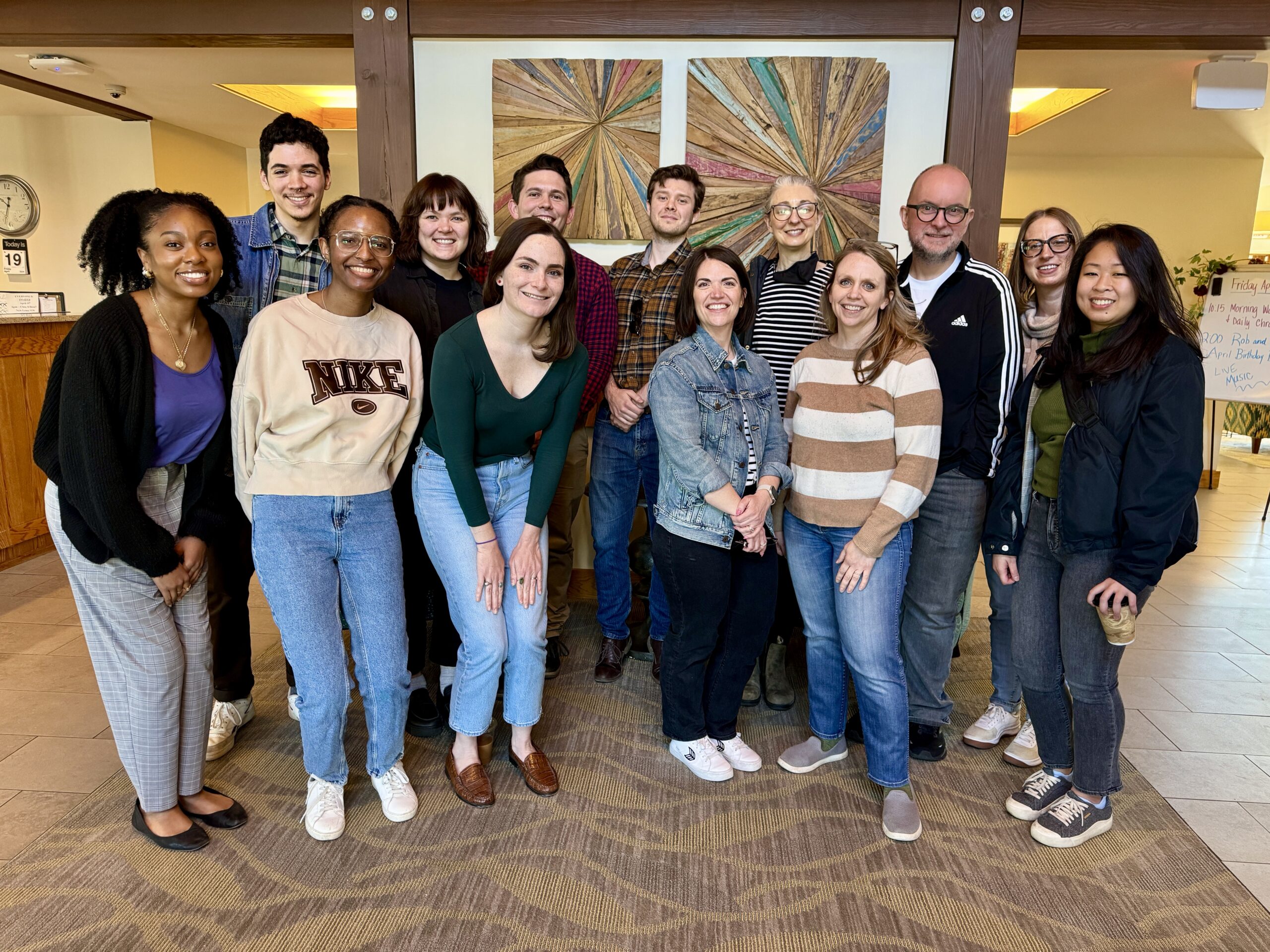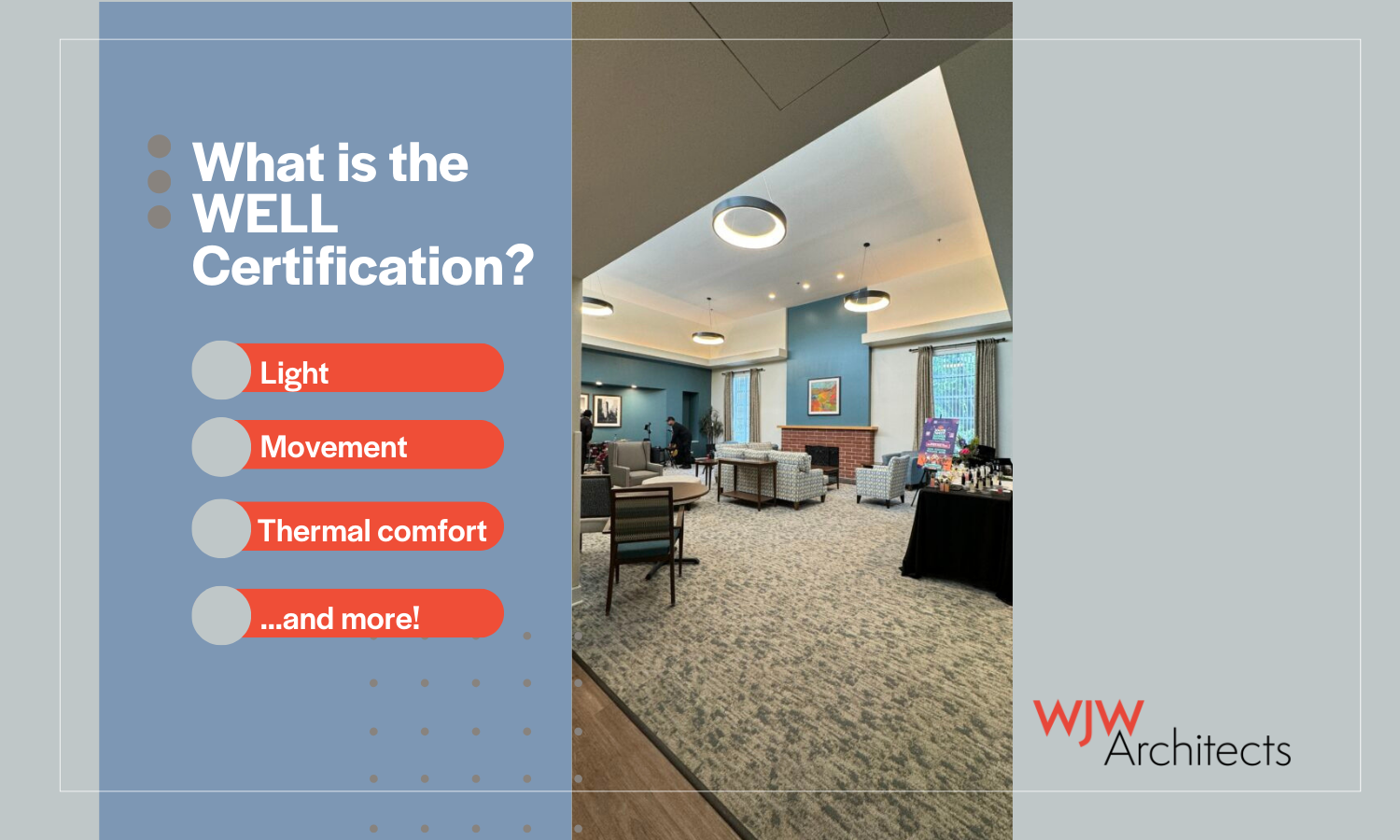Spotlight On: Parahita Ricci

Get to know Parahita.
We are extremely fortunate to have a staff of incredibly talented and interesting individuals at WJW! For today's staff feature, we're turning the spotlight on Parahita Ricci. Parahita recently marked her fifth anniversary with the firm. She serves on the WJW Volunteer Committee.
What made you decide you wanted to work in architecture?
I have always been interested in art and wanted to work in a creative field. My dad was a graphic designer in Indonesia and started a design firm with his colleagues from university. I often visited his office and observed their work. I suppose that my dad and his work environment inspired me. As I got older, I became more interested in the built-in environment and got accepted into the Interiors program at the University of Kentucky. As I continued with the program, I learned about Architecture and several famous Architects from history. At one year, the college developed a joint studios program for Architecture and Interiors students, so I was able to learn in Architecture studios as well. After that, I realized that I wanted to design both exteriors and interiors; therefore, I changed my major to Architecture and the rest is history.
What special knowledge or quality do you bring to the WJW team?
On the technical side, I think having experiences with mostly commercial, fast-paced projects with different sets of goals and user experiences can be unique. On the non-technical side, I would say I am pretty good at communication and keeping things level-headed no matter how hectic or demanding the situations can be.
What has been your favorite project and why?
This is hard because every project is different. I like some parts of one project but enjoy other parts of another project. Can I pick more than one? LOL. I would say the Madison Apartments permanent supportive housing projects, Access South Cook, The Legacy Memory Care addition. There are various reasons, but designs, programs, target end-users, and project team dynamics all have played some roles.
What do you most enjoy about what you do?
The feeling I get when I see a project is done, and our designs are utilized by the end-users. To see our hard work paying off in the end is truly rewarding.
What has been one of your proudest moments working at WJW?
Going to a ribbon cutting ceremony when Madison Apartments III was completed. The reason is the same with my answer on the previous question above on what I most enjoy about what I do.
What energizes you at work?
Coffee in the morning and hot green or black tea in the afternoon. Background music also helps when I must do focused tasks.
What are the non-design lessons you’ve learned from your work at WJW?
How to prioritize between tasks that I need to do and what others have asked me to do. There must be a balance when you get pulled from multiple directions.
Name one piece of architecture that continually inspires you and why.
I am continued to be inspired every day in Chicago. How can I just pick one? If I must pick one, the Marina City Towers by Bertrand Goldberg are some of the most unique buildings in the world. The corn cob shape? Are you kidding me? I have not seen any skyscrapers that come close. On top of that, they were constructed of concrete.
What do you enjoy doing when you’re not working?
This is something that I would like to do more of, but I really enjoy going to live shows in Chicago. Concerts, stand-up comedy, improv, ballet, Broadway, opera, and the symphony orchestra. You name it.
Tell us about a favorite book.
I am currently reading The Tao of Pooh by Benjamin Hoff. It is a simple book explaining Taoism’s principles of living life more simply from the point of view of Winnie-the-Pooh, one of the most iconic fictional characters. The book may sound childish at first, but it has a deep message. Something that many of us could use of.
Offer your best life/business/design advice to young architects starting their final year of school.
Architecture will take you to cover a lot of ground (no pun intended), and 90-95% of it not usually taught in school or academic settings. It is a team-oriented career that can teach you a lot of valuable technical and non-technical lessons. Keep an open mind. Build several connections and ask someone to be your mentor while you are in school if you can. If you can also head that off by starting an internship at a firm, that would be ideal.
Look into the future: name something you’re excited about and think maybe a part of architecture and design in the next 10 years.
I anticipate that climate-resilient design and buildings that can adapt to the changing climate will be more common. I have seen some examples already starting in other parts of the world that have experienced the impact of climate change much earlier than the U.S.


